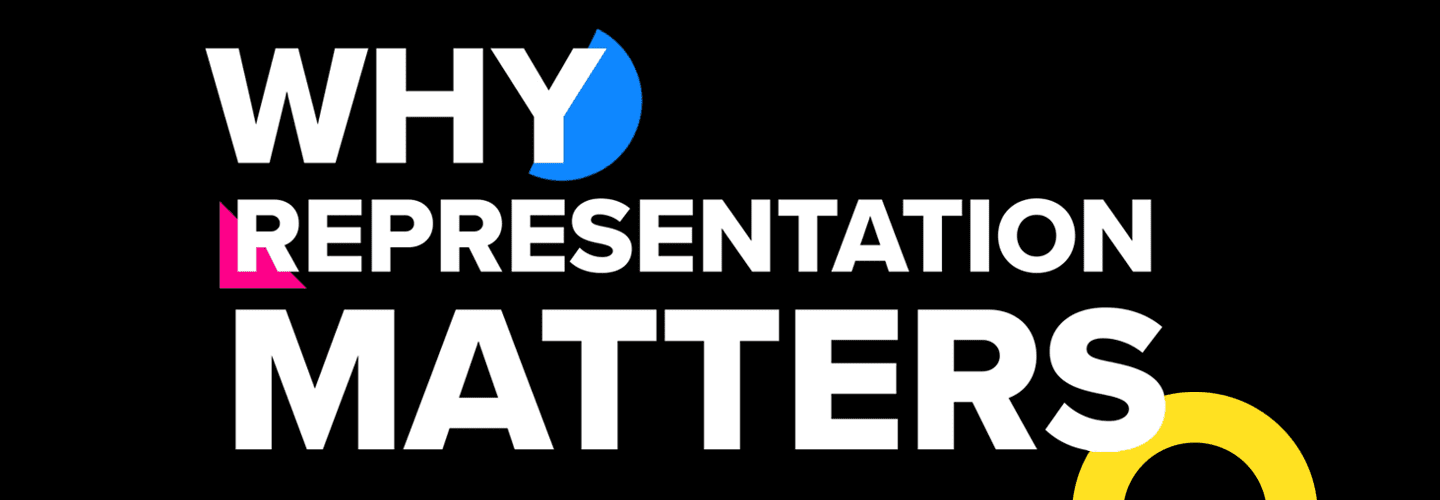In a recent survey conducted with our members, 72% of Storyblocks users said that it was important to have access to diverse content for the projects they create. The demand from creators to bring more representation into their work is apparent. And there’s a good reason why — “Advertisers and creatives have the ability to influence stereotypes.” said Sydney Carlton, Director of Brand Marketing here at Storyblocks.
Many creatives and storytellers rely on stock media to help create their content (especially in 2020). Still, stock content that truly represents today’s world is hard to find. “One of the many barriers to creating fully inclusive ads and video content is the greater availability of diverse and representative creative assets,” Carlton shared. Stock is overwhelmingly white, with not enough representation across different races, ethnicities, sexual orientations, and more.. Within Storyblocks’ current footage library, only five percent of the content contains BIPOC (Black, Indigenous, and people of color). This is a problem we need to address. We’ve started by commissioning a cohort of seven local filmmakers and one film collective within the BIPOC and LGBTQIA+ communities to create collections of footage that portray people and communities underrepresented in media today.
The artists behind the Re: Stock project recently shared their perspectives on representation in media and what everyone, from the stock media industry to individual creators, can do to address it. As creatives, we can expand the depth of diverse, authentic content that will tell the stories of today and tomorrow.
Representation in Media
So why does representation matter? “It’s a way for people to be able to see themselves. It validates what they look like or who they love, or what they’re experiencing, what they’re feeling,” Re: Stock artist Mo Rodman shared. The impact of representation, or lack thereof, within media platforms is real. “When you start creating worlds where entire races don’t exist, people with bigger body types don’t exist, people with different sexual orientations don’t exist, you’re creating a lie that does damage to viewers that internalize what they see,” said Re: Stock artist Jasmine Leyva.
Because news outlets, businesses, filmmakers, and content creators all utilize stock media to amplify their stories, the stock media industry has a huge opportunity to affect change and set the stage for more equitable representation. But there is work to be done. Rodman shared, “What I’ve seen today from the stock media industry is content that is very white, very straight.” “I do respect the different [stock] media platforms that are showcasing people of color and doing their best to do that. However, I still feel like there’s a lot of work that still needs to be done.” Re: Stock artist Samson Binutu said.

“Our motto is people who cannot be represented, cannot be remembered. So we try very much to portray different people in front of behind the camera in all of the projects that we participate in,” Re: Stock artist Camila Franco Ribeiro Gomide remarked. But representation goes beyond just who is portrayed on-screen. “The first step is to hire [underrepresented groups]. Put them behind the camera, and behind the scenes to be the creators who can tell their own stories or the stories of people that they know around them,” Rodman again shared. Binutu reinforces that “it’s having more people of color in the room having more people of color, directing, having more people of color writing.”
Re: Stock artist Monica Singleton challenges creators to “really ask yourself, ‘how much of me do I see in this project?’ And if you say ‘I see a lot of myself in this, or I see mostly myself represented,’ then you might want to go back to the drawing board.” Our job is to ensure that the stories we share with the world represent truth, validity, and authenticity.

Committing to Change
If we want to help create a world that is more inclusive, where many different people feel seen and heard, we need to take responsibility for change. By launching Re: Stock, Storyblocks aims to double its selection of diverse content by the end of 2021, and ultimately quadruple the selection of content containing BIPOC by the end of 2022, with plans to expand our scope to include more underrepresented groups. Sydney Carlton again states, “By developing content that reflects the humanity of underrepresented populations, we can reflect people in a more authentic light. Racial diversity — both in our footage and within our creative community — is just the first of many types of representation we plan on addressing within our library to better embody the diverse world we live in today.”

“I think the stock media industry could definitely be improved in terms of representation,” Re: Stock artist Samantha Mitchell shares, “and we’re really excited to be a part of that.” To learn more about Storyblocks’ Re: Stock initiative and the participating artists, visit storyblocks.com/restock.



![[Re]introducing: The Storyblocks Plugin for Adobe Creative Cloud](https://www.storyblocks.com/resources/wp-content/uploads/2023/03/Screen-Shot-2023-03-07-at-10.22.48-AM-e1678203001433-500x382.png)